Ginger Jars: Valuable Vessels for Every Home
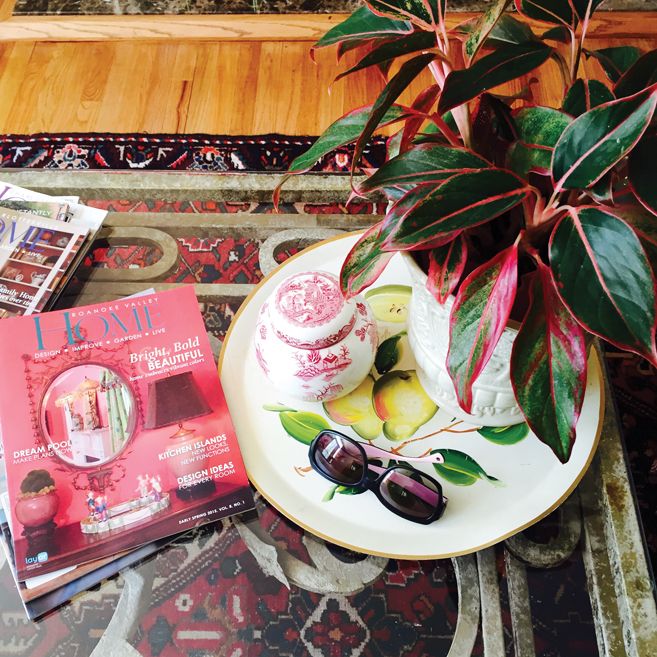
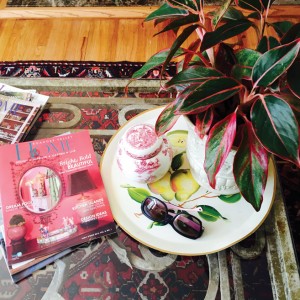 There are few decorative accessories that can speak to lovers of both traditional, classic home design as well as contemporary, modern design. Much like the June peonies that look great inside them, ginger jars are the quintessential accessory for enhancing just about any space in any home. From a single, oversized jar to an exhibit of graceful urns en masse, these pieces of earthenware provide color, texture and grace to help you make an impact through your home décor.
There are few decorative accessories that can speak to lovers of both traditional, classic home design as well as contemporary, modern design. Much like the June peonies that look great inside them, ginger jars are the quintessential accessory for enhancing just about any space in any home. From a single, oversized jar to an exhibit of graceful urns en masse, these pieces of earthenware provide color, texture and grace to help you make an impact through your home décor.
Also known as temple jars or general jars, porcelain ginger jars became the inspiration for the ever-popular Dutch Delftware. Oddly enough, their roots are as far from the Netherlands as could be: the urns have a rich history with roots stemming from Chinese culture and royalty. In fact, experts say some of the blue and white vessels we see today reflect the designs preferred by the Yuan Dynasty (1271-1368). Originally intended as storage for salts, oils and herbs, ginger jars earned their name from serving as containers for ginger during shipping and transport to Western countries. It was only in the 19th century that Western culture began collecting these jars for the love of their form over function; in fact, people started such a craze that local potteries began mass-producing imitations of the genuine Chinese jars at this time.
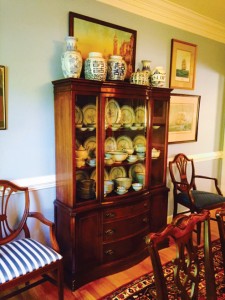 Characterized by domed lids, globular shapes, and tall shoulders, authentic ginger jars depict landscapes, birds, dragons and floral designs, have been painted by hand, and are typically seen in blue and white. It’s also common to see a rose medallion-style embossment around another scene on the urn, essentially creating a kind of a framed story. An authentic Chinese ginger jar is indeed a rare find; these delicate jars are centuries old. Even if you find one that doesn’t show signs of age or wear, it’s unlikely that you’ll find a lid that matches exactly.
Characterized by domed lids, globular shapes, and tall shoulders, authentic ginger jars depict landscapes, birds, dragons and floral designs, have been painted by hand, and are typically seen in blue and white. It’s also common to see a rose medallion-style embossment around another scene on the urn, essentially creating a kind of a framed story. An authentic Chinese ginger jar is indeed a rare find; these delicate jars are centuries old. Even if you find one that doesn’t show signs of age or wear, it’s unlikely that you’ll find a lid that matches exactly.
Just as we don’t keep our ginger in these beautiful jars (although we certainly could), they no longer come in just shades of blue or white: today’s ginger jars can be found in an array of colors, shapes and sizes. From bold and vibrant reds and yellows to soft and subtle grays and whites, today’s ginger jars also feature a variety of motifs—chevron patterns, animal prints, Swiss dots and more. You can purchase brand-new jars from home furnishings dealers locally or online, or you can enjoy a Saturday afternoon of antiquing or browsing thrift shops. Either way, you’re bound to find a jar that appeals to you and your preferred budget.
New Ways with Old Jars
We love to feature our most cherished treasures in our home. So when you come across a ginger jar that you find simply divine, you’ll want to show that off that, too. But how do you show off a simple jar? Won’t it get lost in the sea of family photos and artwork you already have on display? Actually, you can celebrate the beauty of your jar (or collection of jars, as it might be) in any way that you like; the possibilities are only limited by your physical space or your imagination.
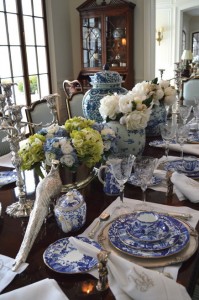 A fresh, natural way to present your ginger jar is to use it as a vase that celebrates the seasons. To build contrast, fill a blue and white ginger jar with pink tulips or peonies in the spring, and pumpkin-colored marigolds in the fall. On the other hand, you can go for a tone-on-tone look in the summer with white and blue hydrangeas. When the cold weather comes, swap those summer blooms out for branches of holly or other winter greens; you can even attach small pinecones with floral wire for a truly wintry look.
A fresh, natural way to present your ginger jar is to use it as a vase that celebrates the seasons. To build contrast, fill a blue and white ginger jar with pink tulips or peonies in the spring, and pumpkin-colored marigolds in the fall. On the other hand, you can go for a tone-on-tone look in the summer with white and blue hydrangeas. When the cold weather comes, swap those summer blooms out for branches of holly or other winter greens; you can even attach small pinecones with floral wire for a truly wintry look.
If you want an all-seasons arrangement, stand two vessels of the same size beside each other as holders for topiaries. Create textural contrast by placing traditional ginger jars in rooms that feature otherwise rustic textures like sisal and burlap. To that end, don’t feel that you’re limited to using jars only with interior design; illuminate white wicker tabletops with a sweet vignette that includes a ginger jar, or adorn your patio or porch floor with large vessels to brighten your outdoor living space.
For a truly one-of-a-kind decoration that is both fun and functional, bring your ginger jar to your local lamp shop and have it converted into a custom lamp. If you want, you can give your jar a makeover and paint it in a shade that goes best with your personal furnishings and style.
The living room, study or home office are prime spots for using your ginger jars. Style your bookcases artistically by using ginger jars at the finishing touch to your design. Select a spot on each shelf for a small piece of porcelain to take up residence. You can also cluster your jars in the fireplace after winter passes, or combine jars of different heights and shapes to be the focus of your mantel. Use two jars as anchors to showcase another beloved item. Any ledge deep enough to hold your jars is the proper place for your collection—even a deep ledge over a set of French doors.
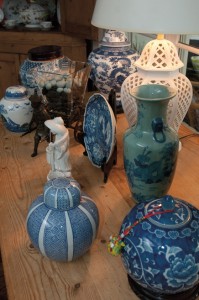 Ginger jars don’t just come in small sizes; an extra-large urn serves as a statement piece for holding dramatic arrangements on the dining room table or for sitting at the base of a stately staircase. Tall, wide vessels are also perfect for filling in the empty space under a console table.
Ginger jars don’t just come in small sizes; an extra-large urn serves as a statement piece for holding dramatic arrangements on the dining room table or for sitting at the base of a stately staircase. Tall, wide vessels are also perfect for filling in the empty space under a console table.
If you like to avoid bridal registries, consider bestowing a bride and groom with a pure white ginger jar to commemorate their special day. One customary Chinese wedding gift is a ginger jar that carries the image of a dragon to represent the groom and a phoenix to represent the bride.
From their Chinese cultural heritage and 19th-century knock-offs to the updated designs of today, ginger jars belong to a unique set of decorative items that can have both aesthetic and utilitarian value, and can find a place in any home.
Bridal Registry, Cherished Treasures, Chinese Culture, Ginger Jars, Yuan Dynasty






